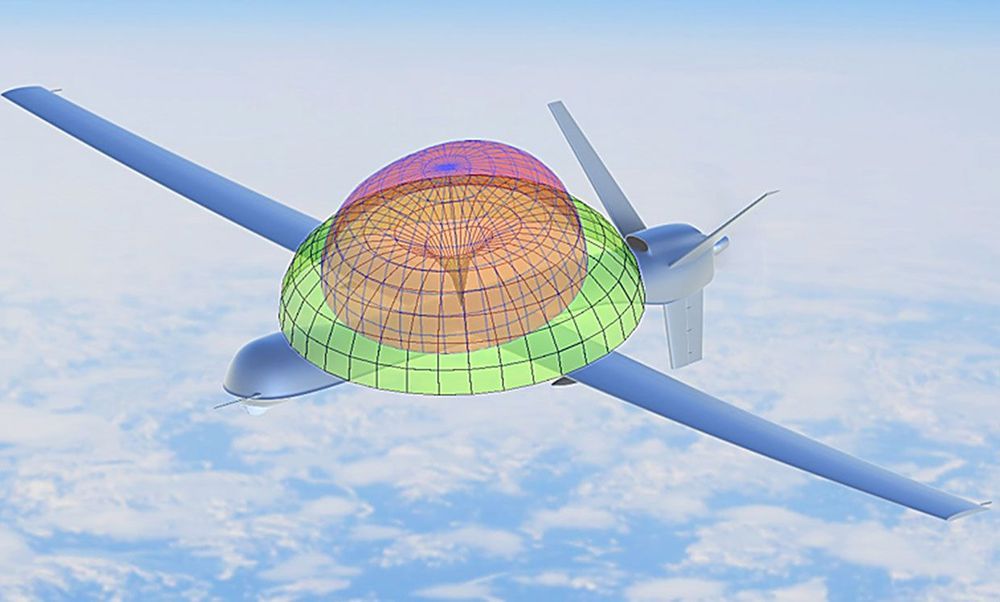Useful video for the development of the rejuvenation industry.
Scientists today now have a better understanding of the aging process, giving us a better explanation of the cellular changes that lead our body and brain to decline as we age.
Useful video for the development of the rejuvenation industry.
Scientists today now have a better understanding of the aging process, giving us a better explanation of the cellular changes that lead our body and brain to decline as we age.




As the April 23rd French presidential election approaches, candidates are predictably stumping to bring voters out, but far-left candidate Jean-Luc Mélenchon may have the most effective strategy: using an optical illusion, he beamed “holograms” of himself to six cities around the country.
As Le Parisien reports, Mélenchon, who is often compared to Bernie Sanders, uses a technique known as Pepper’s Ghost (and not technically a hologram) to broadcast a 2-D version of himself. From Dijon, he simultaneously appeared in seven places at once yesterday.

The discovery of an East German secret police ID card wouldn’t normally attract much attention, but things get a lot more interesting when it’s Vladimir Putin’s.
Issued in 1985, the document belonged to the then mid-ranking Soviet officer, now the President of Russia. At the time, Putin worked for the KGB spy service as a liaison with the East German State Security Service (Staatssicherheitsdienst), nicknamed the “Stasi.”
From 1985 to 1990, Putin was stationed in Dresden, East Germany. The German newspaper Bild says the ID card found in the archives proves Putin was working for the Stasi, but the Stasi Records Agency (BStU) says it served a purely practical purpose.


A group of Chinese researchers has developed a compact, sabre-like antenna for unmanned aerial vehicles (UAVs) that can switch between two radiation patterns for better communication coverage. They describe their work in a study published 26 February in IEEE Transactions on Antennas and Propagation.
For UAVs cruising at high speeds, it’s desirable to have small, aerodynamic antennas that limit drag but can still yield sufficient bandwidth and coverage. Zhijun Zhang, a researcher at Tsinghua University, notes that sabre-shaped antennas are beneficial in the sense that they are very aerodynamic—but there is a major limitation that comes with this design.
“Conventional sabre-like antennas generate a donut-shape radiation pattern, which provides an omnidirectional coverage and is ideal for air-to-ground communication. However, a donut-shape pattern has a null at its zenith,” Zhang explains.
40% of the world’s insect species are in decline, and scientists believe that a third are threatened with extinction. From pesticides to invasive species, there are various reasons, but any losses could have a major impact on our food systems.